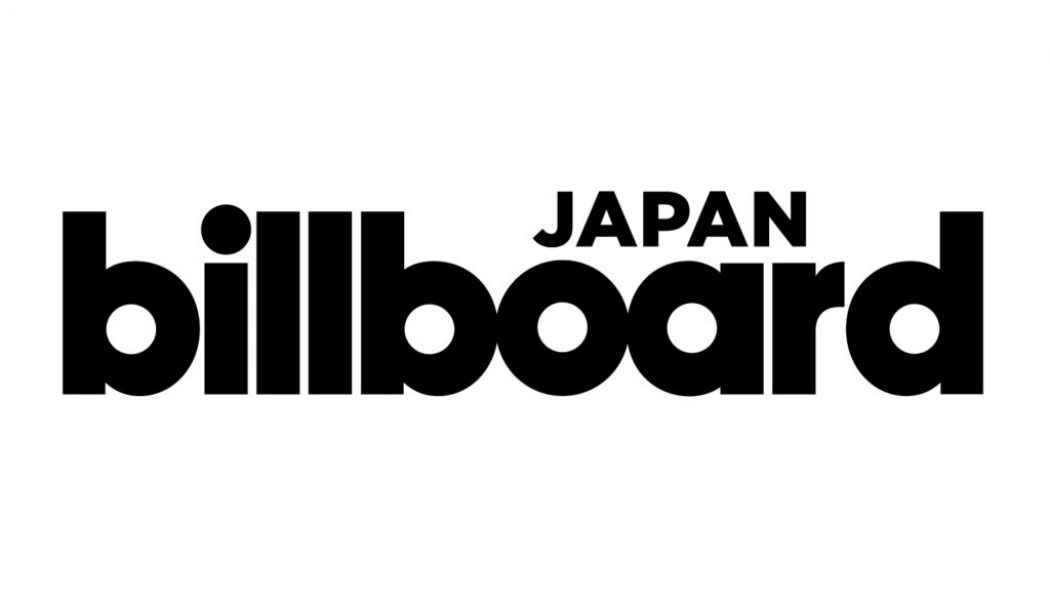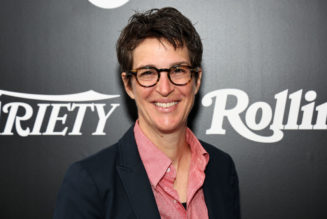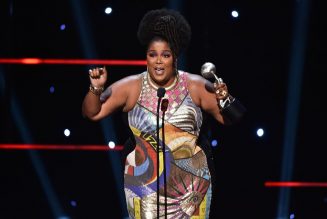
Billboard Japan and NTT Data/NTT Data Institute of Management Consulting (NTT Data/IMC) partnered on a new project that combines the former’s chart data and the latter’s neuroscientific technology to develop a new way to analyze music trends.
Billboard Japan’s Hot 100 song chart is based on a weighted formula incorporating eight metrics such as CD sales, downloads, streams and Twitter mentions. NTT Data/IMC is a pioneer in the advancement of the brain information business, in part through its development of the “NeuroAI” that predicts the cerebral activity and perceptual content of people viewing moving images. The underlying technology of NeuroAI was adopted by this year’s AAAI Conference on Artificial Intelligence (AAAI-20).
The collaborative project used technology called “NeuroAI-Music” that simulates the cerebral activity of people listening to music. NeuroAI-Music succeeded in estimating and characterizing the cerebral activity per second of music from audio signals, making it possible to quantitatively extract the characteristic of music being latently expressed in the brain, which is clearly different from conventional music genres such as rock, hip-hop, jazz, etc.
Many streaming services and video platforms offer playlists and recommend music through algorithms based on user activity. NeuroAI-Music technology makes it possible for listeners to encounter songs they like from the types of music they have never listened to before. Billboard Japan’s accounts on Apple Music, Spotify, and LINE MUSIC feature playlists with “songs that stimulate the brain in similar ways” as some latest hit numbers.
The project also constructed a chart prediction model that indicates what types of songs ranked high during a particular week by taking the songs’ chart data and characteristics of the lyrics and chord progression, in addition to the cerebral information mentioned above, to quantify the characteristics of songs that rank high on the Japan Hot 100. Then, by considering the time-series variations of this chart prediction model as “variations in trends,” the project set out to predict the characteristics of songs that would trend in the future based on past variation patterns.
As an example, an LSTM (long short-term memory) model — a type of neural network that can learn long-term time-series data — trained with the chart prediction model up to the week of Mar. 16, 2020 was used to predict a future model. The correlation coefficient between the actual chart of the week of Mar. 30, 2020 and the predicted model was 0.737, indicating that the prediction was highly accurate. This LSTM model has been proven to maintain precise predictions up to four weeks ahead.
Next, a similar prediction was carried out by using the “spiking trends” metric (Top Trends Ranking), which indicates the “songs that are suddenly being listened to” through the standardization of chart points. This time, the correlation coefficient between the actual ranking and prediction maintained accuracy up to about four months into the future. [Note: The songs used in this prediction are those that have charted up to May 2020.]
Based on these findings, Billboard Japan and NTT Data/NTT Data Institute of Management Consulting plan to launch a new service that offers tailored predictions to record labels, music publishers, management companies, ad agencies, streaming platforms and more.
*NeuroAI is neuroscience based technology to predict and simulate brain activities. This technology is applied to marketing, research, development and so on.










